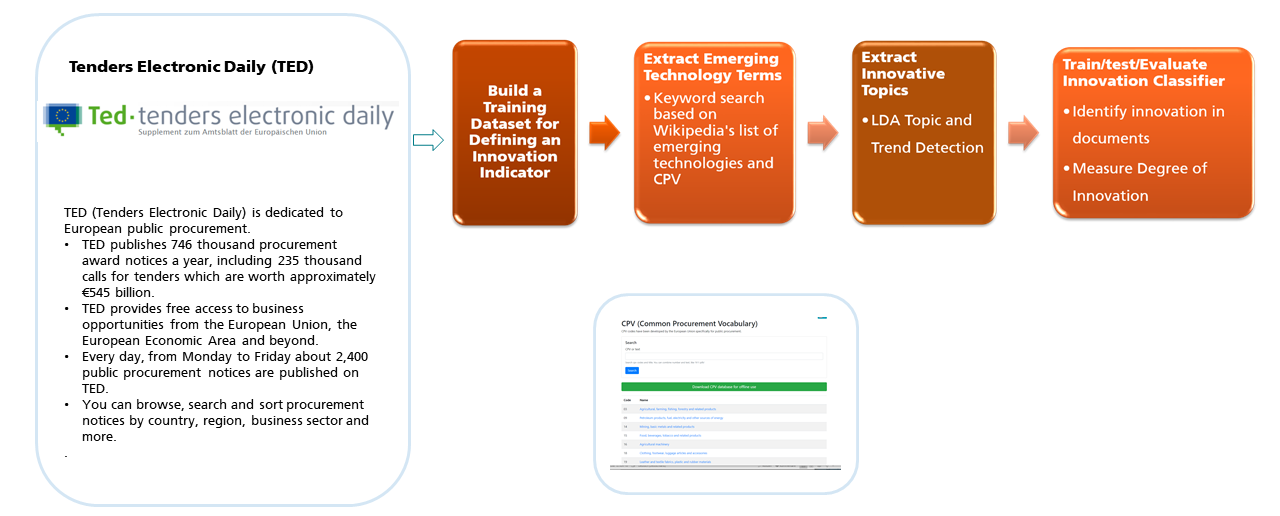Aim
Current innovation indicators focus mainly on the input, throughput and output of innovation processes. Innovation policies follow this procedural and largely linear perspective. This resembles a science and innovation push perspective compared to demand-pull approaches. Demand-side indicators and, on this basis, demand-side policies, are so far rather scarce. One of the only exceptions is public procurement, which is the object of conceptual and partly empirical research as a demand-supporting and demand-increasing leveraging tool. Public procurement offers enormous potential for the diffusion of innovative products and services. Used strategically, it can help governments boost innovation at both the national and regional levels and ultimately improve productivity and inclusiveness. This project aims at empirically operationalizing public procurement data for demand-pull perspectives. It builds on existing research work as well as publicly available data sources.
Beyond public procurement data, additional indicators are examined and operationalized that aid the understanding of demand and diffusion processes. Among these potential indicators are further regulatory framework conditions (standards and norms, competition law or procurement law) as well as knowledge and qualification demand data (e.g. job offerings, open positions etc.). At the technological or market level, the preconditions for diffusion (according to Rogers 2003 [1962]) will be considered and attempts made at operationalization.
